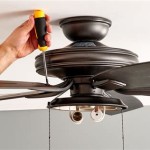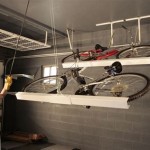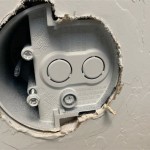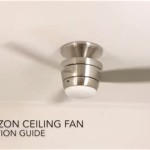Are High Ceilings Bad for Acoustics in Homes?
High ceilings, often considered a symbol of luxury and spaciousness, can pose challenges for achieving optimal acoustics in a home. While they contribute to a sense of grandeur and openness, they can also negatively impact sound propagation and reverberation, leading to undesirable sound quality. Understanding the specific acoustic issues associated with high ceilings and the solutions available can help homeowners create a balanced and enjoyable living space.
Increased Reverberation Time
One of the primary acoustic challenges posed by high ceilings is an extended reverberation time. Reverberation refers to the persistence of sound after the original source has stopped. In rooms with high ceilings, sound waves have more space to travel before encountering surfaces, resulting in a longer reverberation time. This increased reverberation can lead to a sense of hollowness, muddiness, and difficulty in understanding speech.
The longer the reverberation time, the harder it is to discern individual sounds and create a clear and focused listening experience. In living rooms, for example, extended reverberation can make conversations difficult, while in home theaters, it can make dialogue unintelligible and detract from the overall enjoyment of movies.
Sound Reflection and Echo
High ceilings can also contribute to sound reflection and echo. When sound waves strike hard surfaces, such as walls or ceilings, they reflect back into the room. In spaces with high ceilings, a greater proportion of sound waves reflect off the ceiling, creating echoes and a sense of reverberation. This phenomenon can be particularly noticeable in rooms with hard, reflective materials, such as wood floors or bare walls.
Echoes can be distracting and make it difficult to concentrate, especially in spaces intended for quiet activities, such as home offices or libraries. They can also create an unpleasant and disorienting atmosphere in living spaces, making it harder to relax and enjoy the space.
Solutions for Improving Acoustics
Despite the challenges posed by high ceilings, there are several effective solutions to mitigate their negative impact on acoustics. These solutions focus on absorbing sound energy and minimizing reflections, effectively reducing reverberation time and controlling sound propagation.
1. Acoustic Panels and Treatments
Installing acoustic panels on walls and ceilings is a common and effective approach to improving sound absorption. These panels are typically made of materials like foam, mineral wool, or fiberglass, which effectively trap sound waves and prevent them from reflecting back into the room. They can be aesthetically integrated into the design by using different shapes, colors, and materials.
2. Carpeting and Rugs
Carpets and rugs not only add visual warmth and comfort but also contribute to sound absorption. They dampen sound waves, reducing reverberation and improving clarity. The thicker and denser the carpet or rug, the greater its sound absorption capability.
3. Drapes and Curtains
Drapes and curtains, particularly those made from thick, heavy fabrics, act as effective sound absorbers. They can help to reduce echoes and reverberation, particularly in rooms with large windows or glass doors.
4. Furniture Placement
Strategic furniture placement can also play a role in acoustic improvement. Soft furnishings like couches, armchairs, and even large plants can help absorb sound and create a more intimate and comfortable atmosphere. Placing furniture strategically to break up sound waves can further enhance the acoustic quality.
By incorporating these solutions, homeowners can effectively address the acoustic challenges posed by high ceilings and create a more comfortable, functional, and enjoyable living space.

Are High Ceilings Good For Acoustics

Acoustic Strategies For Diffe Ceiling Types How Does My Affect Room Acoustics

The Benefits Of High Ceilings In Your New Home Hallmark Homes
How To Reduce Echo In A Room With High Ceilings Second Skin

Advantages Of Having High Ceilings In Your New Home Beautiful Homes

Designers Perspectives High Ceilings In Interior Design Fabdiz

Residential Acoustic Design For Wellness Sound Comfort

Optimizing Your Home Theater Acoustic Treatment

The Benefits Of High Ceilings In Your New Home Hallmark Homes

Sound Proofing All You Need To Know About Acoustic Panels
Related Posts








